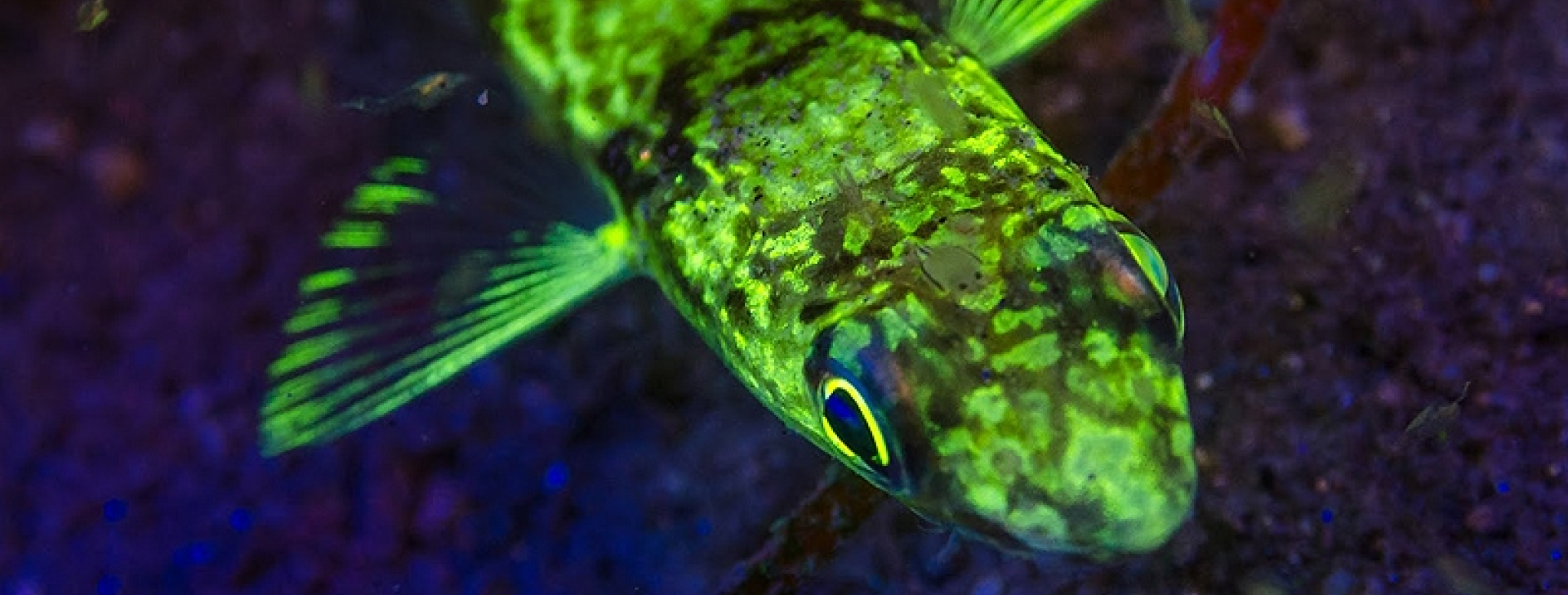
The subject of color is a fascinating topic. Take a red apple for example: it looks red under sunlight, but take it into a room with only blue light….it becomes black. This is because ‘’color’’ is a construct of the brain based on the wavelength of light captured by the eye.
Color is a visual perception and sensation produced by the way our eyes and brain interpret different wavelengths of light. It is a fundamental characteristic of the visual world and plays a crucial role in how we perceive and understand our surroundings. While color is a real experience and a fundamental part of our perception, it is also subjective and can vary from one observer to another. It is a complex interplay of biology, physics, and psychology that creates our experience of color.
The phenomenon of color arises from the interaction between light, objects, and our eyes. When light from a source (such as the sun or a light bulb) strikes an object, the object absorbs certain wavelengths of light and reflects others. The wavelengths of light that are reflected are what we perceive as the color of the object. For example, a red apple appears red because it reflects red wavelengths of light and absorbs other colors.
Our eyes contain specialized cells called cones that are sensitive to different ranges of wavelengths in the light spectrum. These cones send signals to our brain, which then processes the information and allows us to perceive and differentiate between various wavelengths (colors). The primary colors in the additive color model are red, green, and blue, and different combinations of these colors can create a wide range of other colors.
Here’s how color perception works:
In summary, color is a visual phenomenon resulting from the interaction of light, objects, and our eyes’ perception mechanisms. It relies on our eyes’ ability to detect different wavelengths of light and our brain’s interpretation of these wavelengths It is a fundamental aspect of our sensory experience, allowing us to distinguish and appreciate the rich array of hues in the world around us.
If you have any questions, comments or suggestions – PLEASE don’t hesitate to contact us.